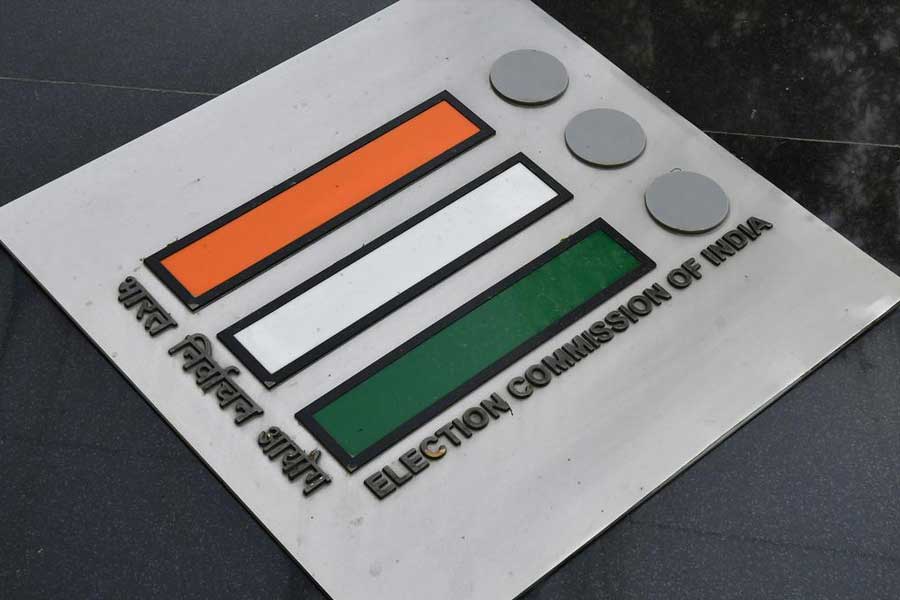District election officers and municipal commissioners of seats with historically low voter turnouts met the Election Commission of India (EC) in New Delhi on Friday.
The poll panel asked them to roll out programmes and events to increase the turnout. This is part of a series of EC endeavours in this regard.
The EC said in a statement: “… Bihar, Uttar Pradesh, NCT of Delhi, Maharashtra, Uttarakhand, Telangana, Gujarat, Punjab, Rajasthan, J&K and Jharkhand had a voter turnout lower than the national average of 67.40% in the 2019 General Elections…”
In the past, the EC tried several remedies including collaborating with employers to establish voter awareness at workplaces, home voting for the elderly, and new polling stations in apartment blocks. They even mooted the idea of remote voting. Trade unions opposed collaboration with employers for fear of them wielding undue influence on polls and Opposition parties have been sceptical of remote voting as there wouldn’t be a check on muscle and money power.
The Systematic Voters' Education and Electoral Participation (SVEEP) programme of the EC now focuses on specific polling stations where voting is low. However, the EC failed to open polling stations for displaced Manipur voters who fled the state after ethno-religious riots last year.
The EC on Friday proposed several ideas, including public transport and sanitation vehicles adorned with election messages; voter awareness messages in utility bills; collaborating with resident welfare associations; informative sessions at popular public spaces such as parks, markets and malls; marathons, walkathons and cyclothons; hoardings, digital spaces, kiosks and common service centres to disseminate voter education materials; and social media outreach.
Although the turnout has steadily increased from 45.7 per cent in 1951 to 67.4 per cent in 2019, some 29.7 crore voters did not vote last year.










